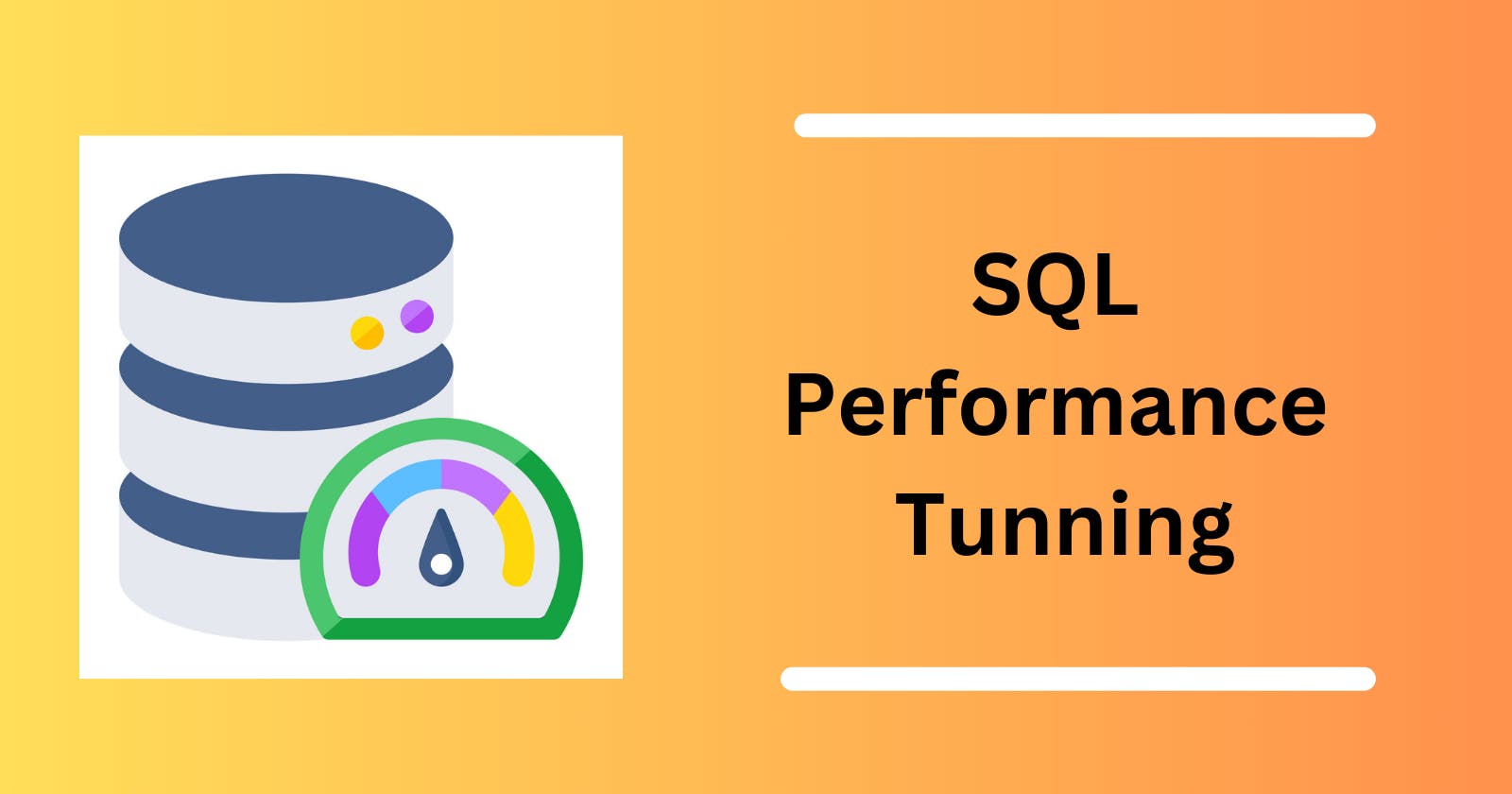Hi there in this first article in ours series towards learning database performance tuning from scratch to advance we will first look into what performance Tuning actually means in simple terms
Imagine you have a big library with lots of books, and you need to find a specific book quickly. The library is like a database, and the books are like the data stored in tables. When you search for a book, the computer has to look through all the books to find the one you want, just like SQL Server has to search through all the data to find the information you need.
Performance tuning is like making the library more organized and efficient, so you can find the books you need faster.
Here are some examples of how you can tune SQL Server's performance:
Indexing: This is like creating a table of contents or an index at the back of a book. Instead of reading through the whole book to find a specific word or chapter, you can look it up in the index and go directly to the page you need. In SQL Server, indexes help the computer find the data you need faster, without having to search through the entire table.
Query optimization: This is like figuring out the best way to search for a book in the library. Instead of looking through every single book, you might decide to first look at the books in a specific section, or check the catalog to see where the book is located. In SQL Server, the query optimizer analyzes your query and decides the most efficient way to retrieve the data you need.
Database design: This is like organizing the library in a way that makes it easy to find books. Instead of just putting books anywhere, you might group them by subject or author. In SQL Server, proper database design, such as creating appropriate tables and relationships, can make it easier and faster to retrieve data.
Memory optimization: This is like having a good memory to remember where books are located in the library. If you've looked for a book recently, you might remember exactly where it is, so you don't have to search again. In SQL Server, memory optimization techniques like caching frequently used data can improve performance by reducing the need to read from disk.
Hardware upgrades: This is like having a bigger and better library building with more shelves and better lighting. If the library is too small or poorly designed, it will be harder to find books quickly. In SQL Server, upgrading hardware components like adding more RAM or using faster storage can improve performance by reducing bottlenecks.

